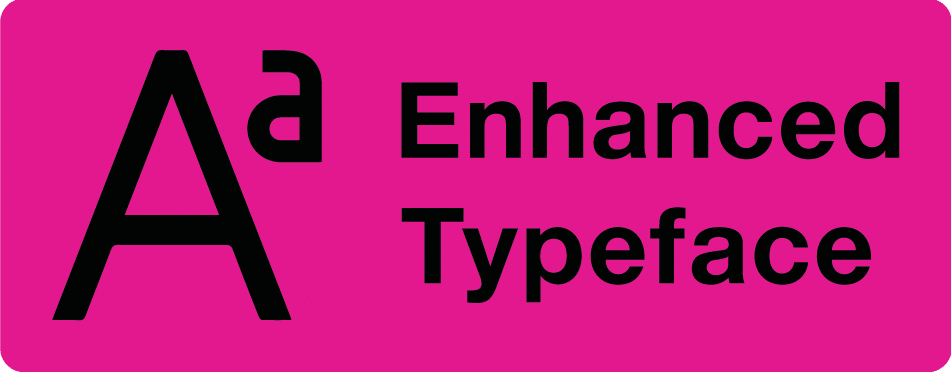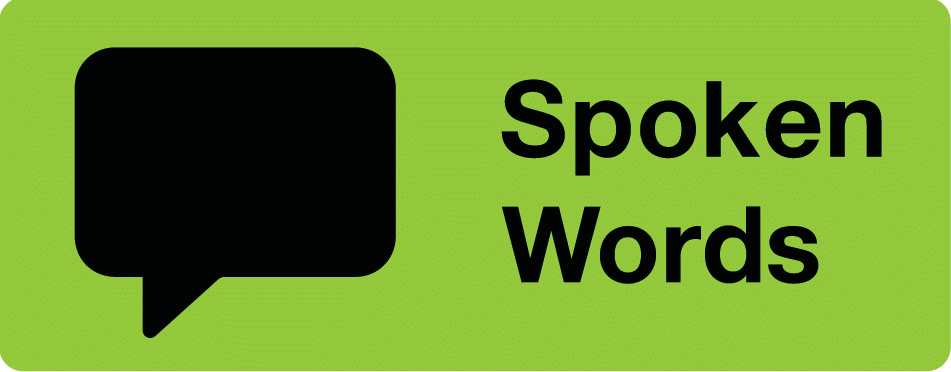A synthetic signer is a computer-generated animation that uses sign language to convey information. Here’s a breakdown of this relatively new technology:
How it Works:
- Video Footage: Synthetic signers are typically created using motion capture of real human sign language interpreters and translators.
- AI and Machine Learning: Advanced AI and machine learning algorithms then analyse the mocap data, capturing the movements, handshapes, and facial expressions of the signer.
- Animation Technology: This data is used to create a digital model that can be animated to produce realistic sign language movements.
Applications of Synthetic Signers:
- Increased Accessibility: Synthetic signers have the potential to make information and communication more accessible for D/deaf people. They can be used in various contexts, such as:
- Translating personalised emails, customer web portals, and even posted letters at a scale that cannot be matched by humans.
- Providing real-time sign language interpretation announcements such as public transport disruptions.
- Helping pedestrians navigate their way around large and complex venues, such as hospitals and universities.
Synthetic signers represent an exciting development with the potential to improve communication accessibility. However, it’s important to acknowledge the limitations and ensure this technology is used ethically and in conjunction with human interpreters when necessary.




